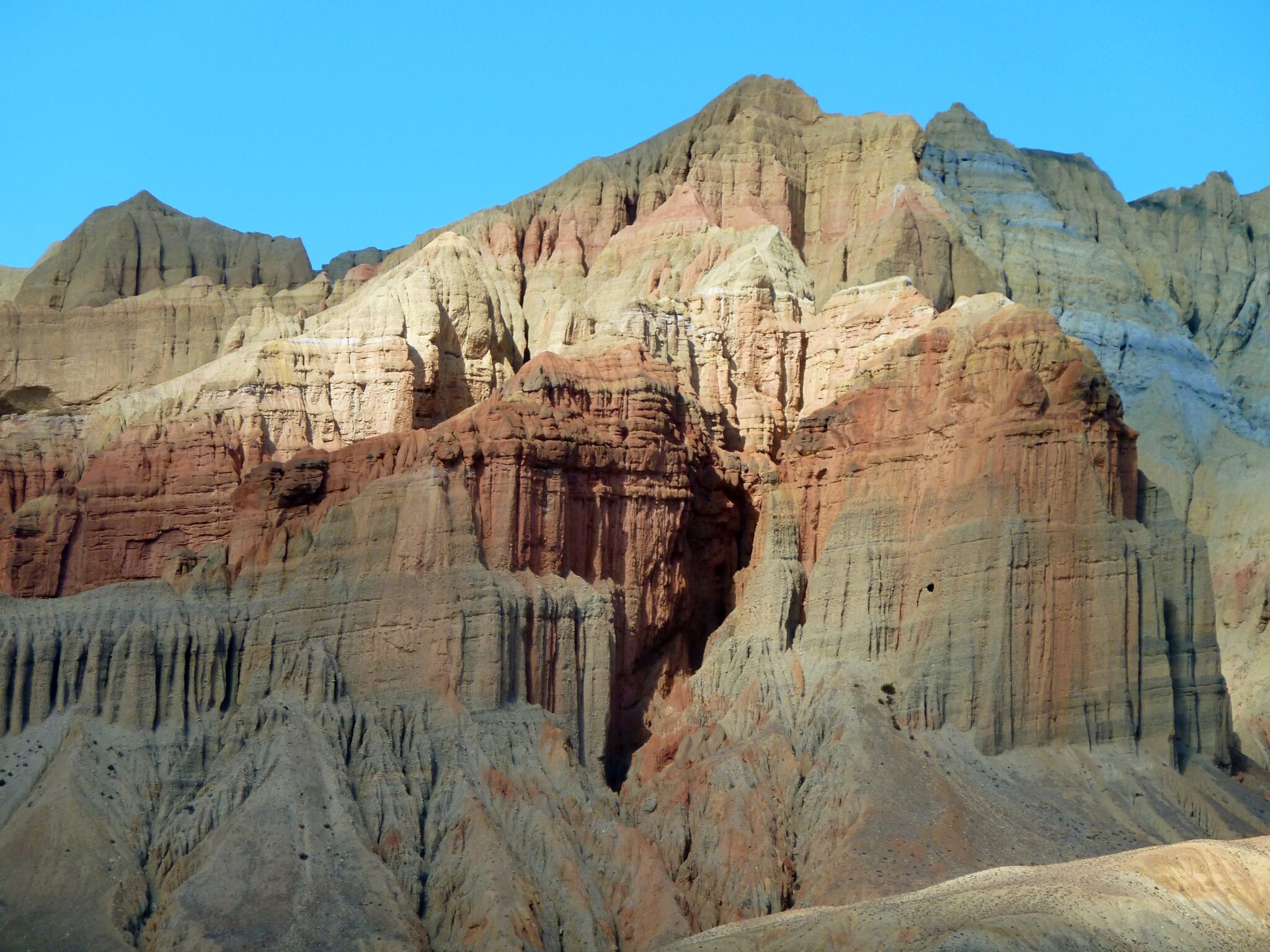Restricted tourism destinations of Nepal

What exactly do these restricted tourism destinations mean in Nepal? Are they really tourism destinations or restricted areas where besides the Nepalese people, foreigners are not allowed? If that is the case, then why they are called tourism destinations? On top of that, why are they actually called restricted areas?
Nepal undoubtedly is like a piece of heaven. Its white and giant Himalayan ranges, the variety of wildlife, the preservation of ancient cities, the unity of diverse ethnic groups, and the breathtaking hills, all lead Nepal to an unbelievably unique destination.
But there are also some places in Nepal that were shut down to foreigners until 1961. It is well-claimed that the restricted areas are a very fragile part of the ecosystem. Thus, to protect them, it was restricted to foreigners so that the human footprints won’t bother the environment.
However, this was not the sole reason for making their restricted areas. All these restricted areas are in accordance with the border of Nepal, touching the Tibetan land. And because of some conflict aroused between countries, for security purposes, these areas were marked as a restricted areas.
Otherwise, wouldn’t they be called protected areas rather than restricted areas?
Up until 1992, Upper Mustang was a prohibited area. Generally speaking, foreigners were allowed to enter these restricted areas starting in October 1961.
However, there are some trekking areas known as “Restricted Areas” that are strictly prohibited by the Nepali government due to their strict regulation. Only those who have a permit from the Department of Immigration are permitted to go on a trek in these areas. To go trekking in such locations, you must pay a certain amount of money.
Here is more information about those restricted areas, along with the costs associated with visiting them.
Upper Mustang
(For the initial 10 days) USD 500 per person
USD 50 per person per day (after ten days)
Upper Dolpa
(For the initial 10 days) USD 500 per person
USD 50 per person per day (after ten days)
Gorkha Manaslu Area
September – November
USD 100 per person per week
More than a week: USD 15 per person/day
December – August
USD 75 per person per week
Over the course of a week, USD 10 per person/day
Humla
USD 50 per person per week
Over the course of a week, USD 10 per person/day
Taplejung
(For the first four weeks) USD 20 per person/week
Beyond four weeks, USD 25 per person per week
Lower Dolpa Area
USD 20 per individual/week
USD 5 for each person per week (after one week)
Dolakha
USD 20 per individual/week
Gorkha Tsum Valley Area
September – November
USD 40 per individual/week
(For more than a week) USD 7 per person/day
December – August
USD 30 per individual/week
Beyond one week, USD 7 per person/day
Sankhuwasabha
(For the first four weeks) USD 20 per person/week
(After 4 weeks) USD 25 per person/week
Solukhumbu
(For the first four weeks) USD 20 per person/week
(After 4 weeks) USD 25 per person/week
Rasuwa
USD 20 per individual/week
Manang
September – November
USD 100 per person per week
Over the course of a week, USD 15 per person/day
December – August
USD 75 per person per week
USD 15 per person/day (over the course of a week)
Bajhang
For the first week, it will cost USD 90 per person.
USD 15 per person/day (over the course of a week)
Mugu
USD 100 per person per week
More than a week: USD 15 per person/day
Darchula
USD 90 per individual/week
USD 15 per person/day (over the course of a week)
